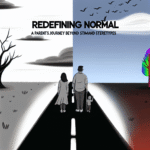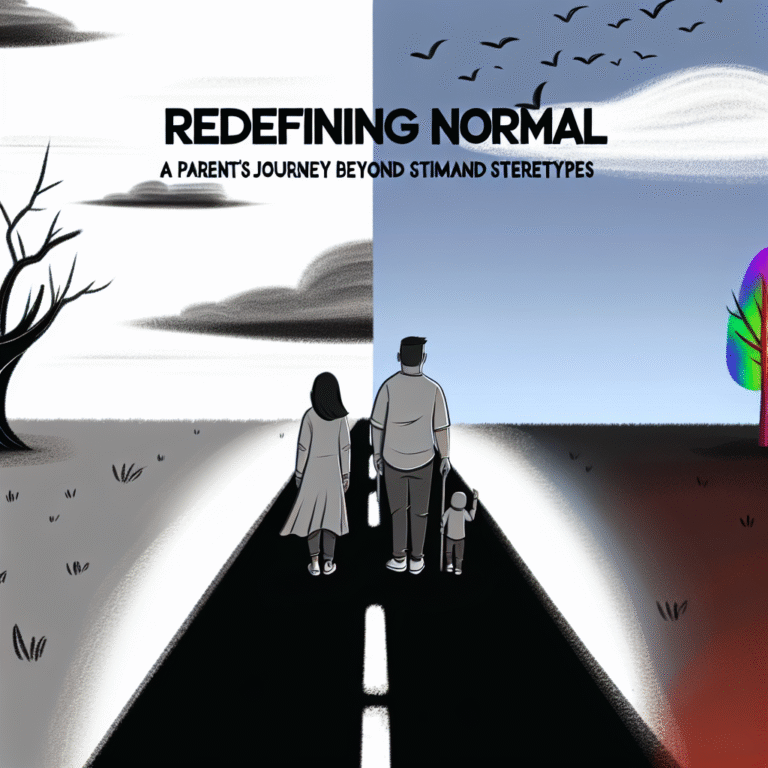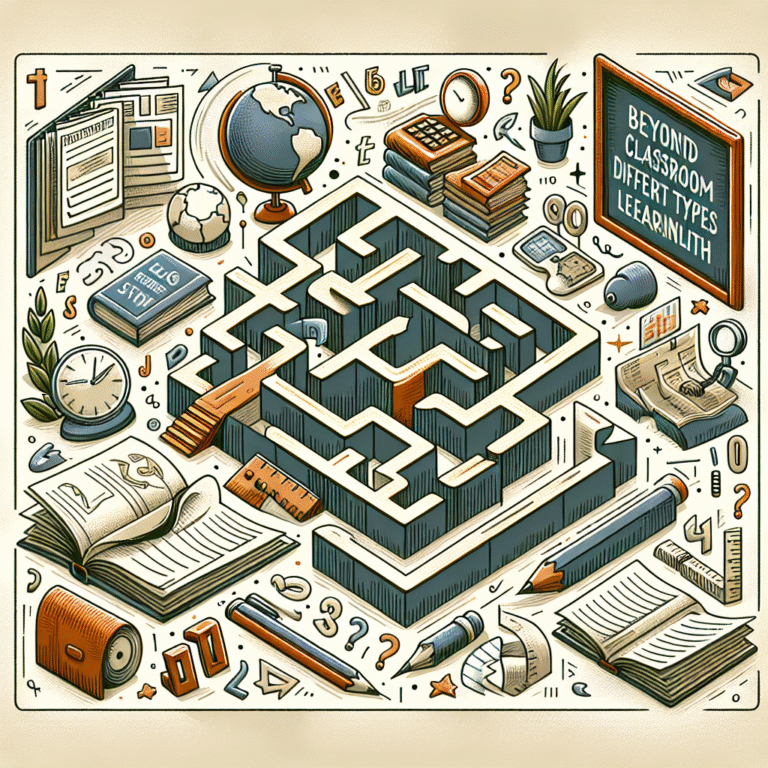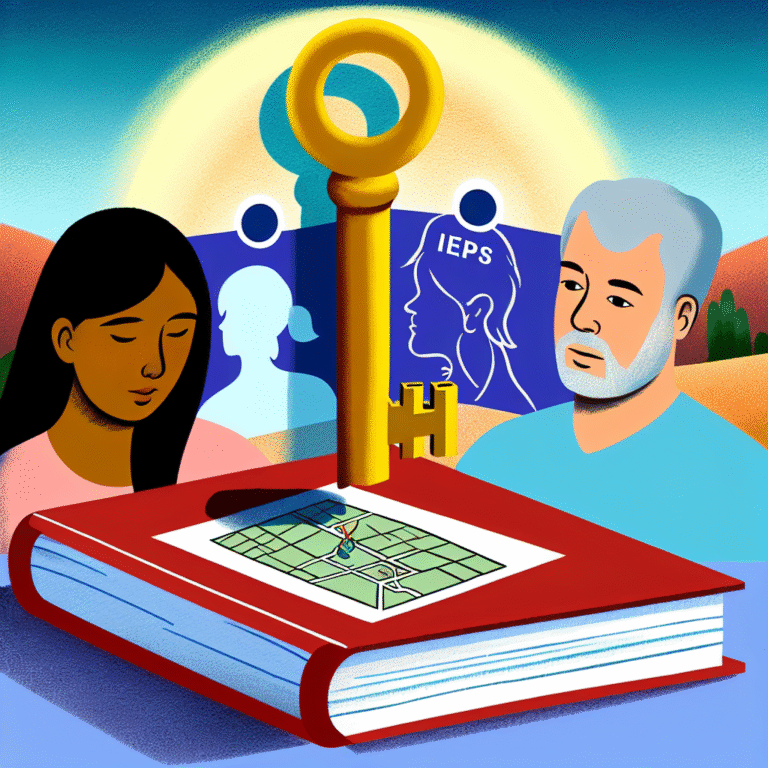
Unlocking Potential: Essential Strategies for Teaching Reading to Students with Dyslexia
Introduction
Imagine standing at the edge of a vast ocean, a beautiful horizon that seems tantalizingly close yet eternally out of reach. For many students with dyslexia, the ocean represents the world of reading—a world filled with possibilities but often riddled with challenges. Unlocking this potential is not just a desire; it’s a necessity. The ability to read is fundamental in today’s educational landscape, opening doors to knowledge, creativity, and self-advocacy. This article explores effective strategies for teaching reading to students with dyslexia, aiming to create pathways for success and empowerment.
In this deep dive, we will examine practical methods, insights from case studies, and actionable advice, all focused on the core theme of Unlocking Potential: Effective Strategies for Teaching Reading to Students with Dyslexia.
Understanding Dyslexia
What is Dyslexia?
Dyslexia is a specific learning disability that affects a person’s ability to read, spell, write, and sometimes speak. It is characterized by difficulties with phonological processing, spelling, and decoding, but it does not reflect a person’s overall intelligence. In fact, many individuals with dyslexia are highly intelligent and creative thinkers; they simply have a unique way of processing information.
The Impact of Dyslexia
Understanding the emotional and psychological dimensions of dyslexia is critical. Students may experience frustration, low self-esteem, and anxiety due to their reading difficulties. This highlights the importance of effective teaching strategies that not only address academic skills but also nurture confidence and resilience.
Unlocking Potential: Effective Strategies for Teaching Reading to Students with Dyslexia
1. The Science of Reading: Phonemic Awareness and Beyond
Phonemic Awareness Training
Phonemic awareness is the skill that allows individuals to hear, identify, and manipulate the sounds in spoken words. Research indicates that explicit teaching methods that focus on phonemic awareness significantly improve reading outcomes for students with dyslexia.
Case Study: The Power of Explicit Instruction
In a study conducted at a local school, a teacher implemented a structured phonemic awareness program over the course of a semester. Each student engaged in activities that broke down sounds in words using games, songs, and visual aids. Results showed a marked improvement in reading fluency and comprehension, proving that tailored instruction can transform literacy experiences.
Reading Instruction Techniques
Tools such as the Orton-Gillingham approach and Wilson Reading System can provide invaluable frameworks for structured literacy instruction. These methods emphasize direct, systematic instruction in phonics and decoding.
2. Multisensory Learning: Engaging the Senses
Visual, Auditory, and Kinesthetic Modalities
Multisensory learning encompasses teaching techniques that engage visual, auditory, and kinesthetic channels. This approach caters to different learning styles, helping students to connect their experiences and understandings more thoroughly.
Chart: Overview of Learning Modalities
| Modality | Description | Activities |
|---|---|---|
| Visual | Learning through seeing | Use of flashcards, color coding |
| Auditory | Learning through listening | Songs, rhymes, phonics chants |
| Kinesthetic | Learning through movement | Finger spelling, sandpaper letters |
Case Study: Engaging Through Movement
In a pilot project, a school incorporated movement-based activities into the reading curriculum. Students traced letters in the air while saying their sounds aloud, coupling physical motions with auditory feedback. This enhanced retention and made reading a more dynamic aspect of their education.
3. Utilizing Technology: Tools for Success
Assistive Technologies
With the advancement of technology, a wealth of tools is available to support students with dyslexia. Text-to-speech programs, audiobooks, and educational apps can help bridge the gap.
Recommended Tools:
- Read&Write: A text-to-speech tool that assists with reading comprehension.
- Voice Dream Reader: An app that converts text to speech and provides customizable reading options.
- Google Read&Write: Offers similar features and is user-friendly for younger audiences.
Case Study: Tech Integration in the Classroom
A middle school integrated technology into their reading program, allowing students to use tools like audiobooks and speech recognition software. The results were impressive; not only did students gain confidence, but their reading levels also improved significantly.
4. Fostering a Positive Reading Environment
Creating a Safe Space for Learning
An emotionally supportive environment is crucial for students with dyslexia. This includes encouraging reading without judgment and celebrating small victories, which can vastly improve their self-esteem and willingness to engage.
Case Study: The Power of Positive Reinforcement
A classroom that focused on positive reinforcement and encouragement saw a shift in attitudes towards reading. Students who previously shied away from activities began to participate more actively, leading to collective growth and development in reading skills.
5. Involving Parents and Caregivers
Building a Support System
A strong partnership between educators and parents can make a significant difference. Informing parents about strategies they can use at home helps reinforce what students are learning in the classroom.
Resources for Parents:
- Workshops on dyslexia and reading strategies.
- Monthly newsletters with tips and activities to engage students at home.
6. Continuous Assessment and Adaptation
Ongoing Progress Monitoring
Regular assessments help track student progress and determine if instructional methods are effective. This dynamic approach allows educators to adapt their strategies to meet individual needs.
Case Study: Tailored Learning Paths
A school district implemented regular progress checks and formative assessments that helped tailor learning paths for students. This data-driven approach ensured that students received the support they required at various stages of their learning journey.
Conclusion
Unlocking potential in students with dyslexia involves a combination of research-backed strategies, emotional support, effective tools, and ongoing dialogue among educators, parents, and students. By implementing these effective strategies for teaching reading, we can empower students to not only improve their literacy skills but also to build resilience and confidence. Every child deserves the chance to succeed, and with the right strategies in place, we can make reading a joyful experience for everyone.
FAQs
1. What are the primary causes of dyslexia?
Dyslexia is primarily inherited and linked to genetic factors. Brain imaging research shows differences in the way the brain processes written and spoken language, which can contribute to reading difficulties.
2. How can I determine if my child has dyslexia?
Signs include difficulty with phonological awareness, trouble decoding words, and challenges with spelling. Consulting a professional for a comprehensive evaluation can provide clarity.
3. What role do accommodations play in supporting students with dyslexia?
Accommodations such as extended time on tests, the option to dictate responses, and providing access to audiobooks serve to level the playing field, allowing students to demonstrate their knowledge without being hindered by their reading challenges.
4. Are there specific programs tailored for teaching reading to students with dyslexia?
Yes! Programs like Orton-Gillingham, Wilson Reading System, and Barton Reading & Spelling System are specifically designed to address the needs of students with dyslexia through structured literacy approaches.
5. How can teachers best prepare themselves to support students with dyslexia?
Professional development on dyslexia, structured literacy, and multisensory teaching strategies can equip teachers with the knowledge and tools necessary to create effective learning environments.
6. What can parents do at home to help their child with dyslexia?
Reading together daily, providing audio resources, and encouraging a love for stories can greatly benefit students with dyslexia. Parents should also seek to understand the condition to better support their child’s learning journey.
By understanding and embracing Unlocking Potential: Effective Strategies for Teaching Reading to Students with Dyslexia, we can create an inclusive educational landscape where every student flourishes. The journey may be challenging, but the rewards are immeasurable. Let us commit to this cause and celebrate each milestone along the way.













